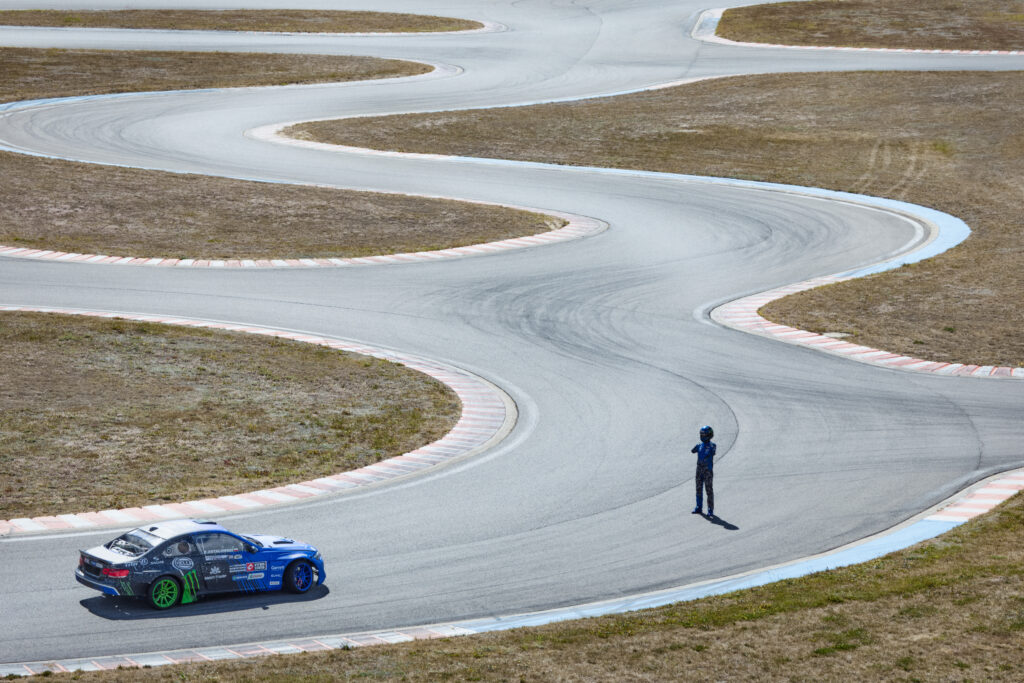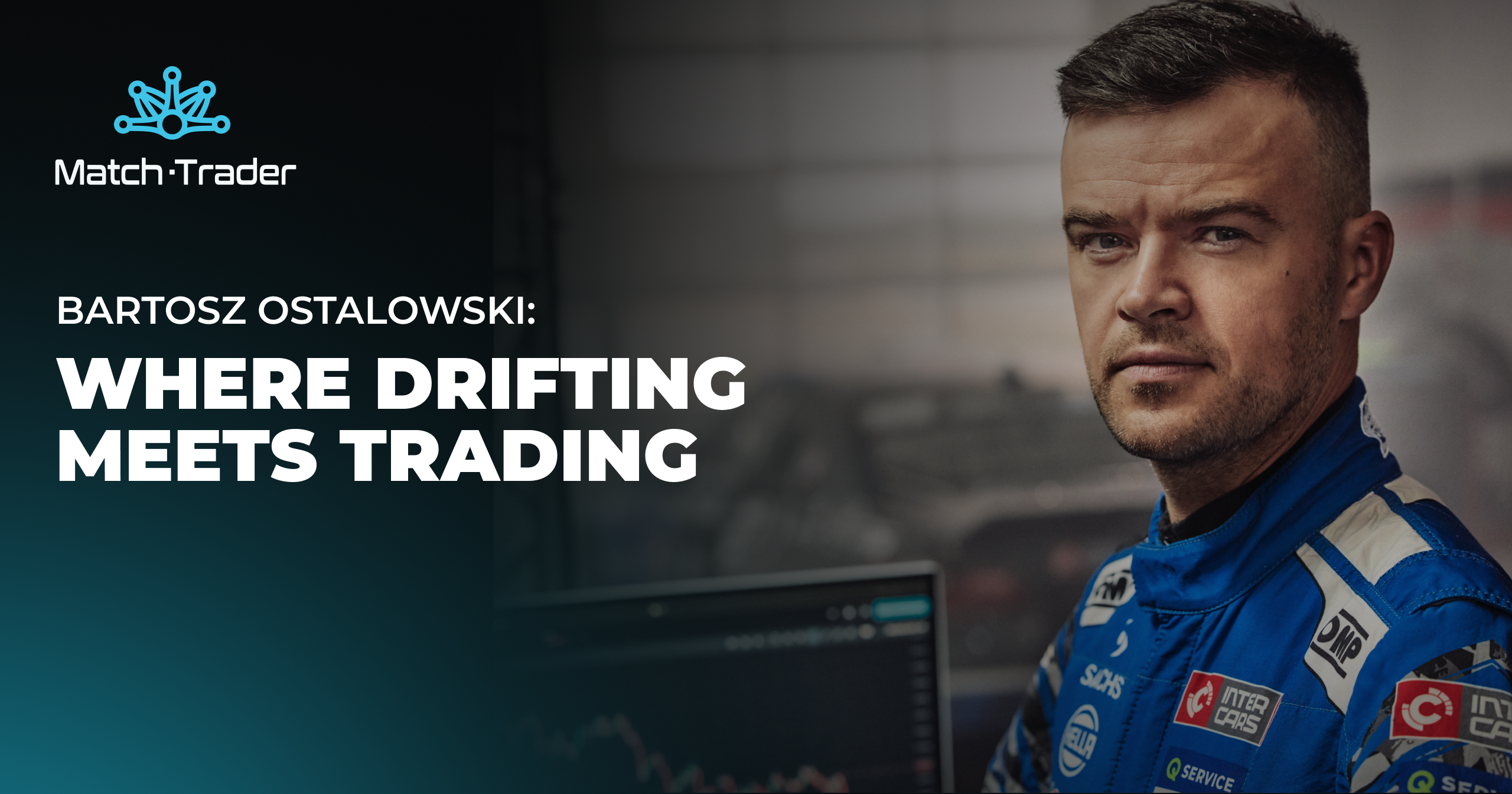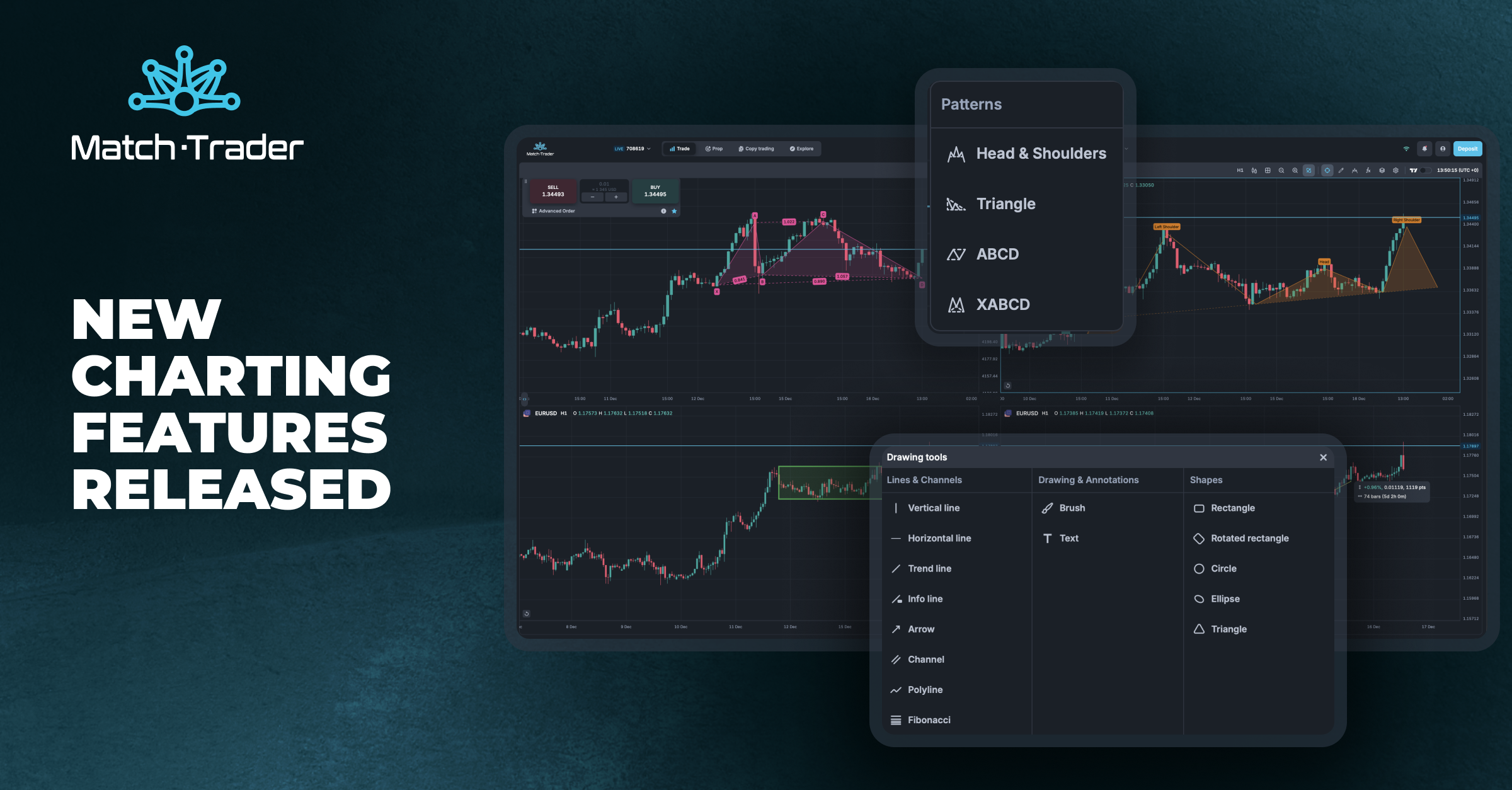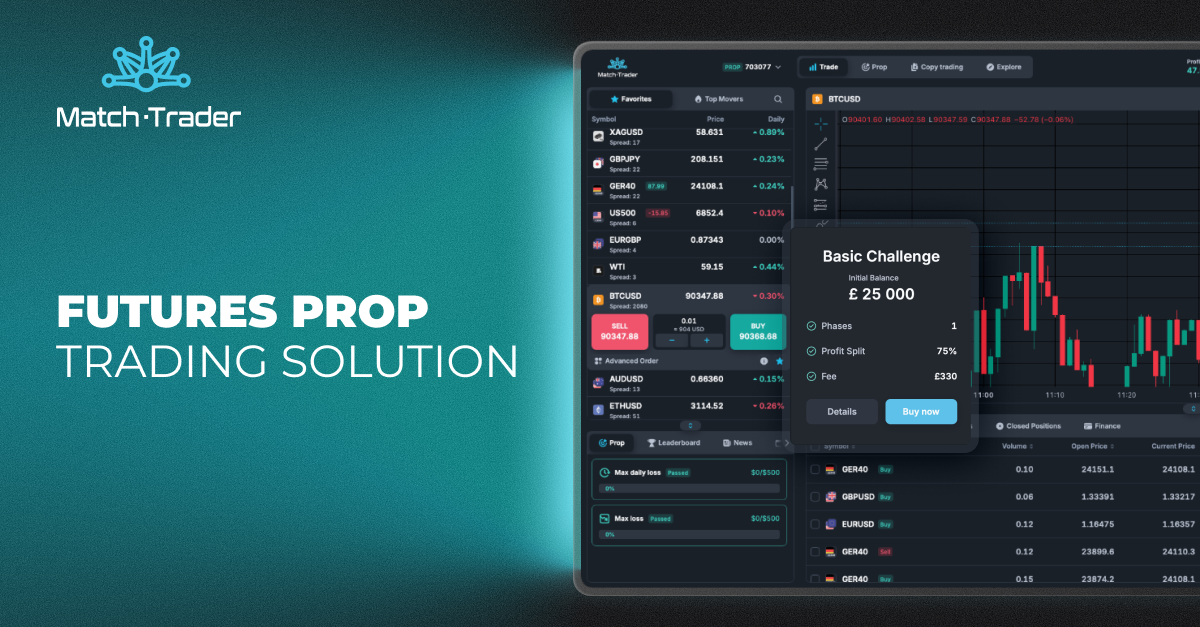In motorsport, few stories are as inspiring as that of Bartosz Ostalowski. As the world’s only professional racing driver steering with his foot, he has redefined what’s possible behind the wheel. After a tragic accident that cost him both arms, Bartosz didn’t just survive – he returned stronger, earning an FIA racing licence and competing alongside able-bodied drivers in drift championships across Europe.
His achievements speak volumes: from setting a Guinness World Record for the fastest drift driven with a foot, reaching 231.66 km/h, to sharing the track with motorsport legends like Ken Block and accepting challenges from Formula 1 driver Nico Hülkenberg. His appearance on “The Grand Tour” with Richard Hammond introduced his remarkable achievements to a global audience.
But there’s another side to Ostalowski many aren’t aware of – his passion for trading. As Match-Trader’s Brand Ambassador, he brings a unique perspective on how the disciplines of motorsport and trading intersect, offering insights that challenge conventional thinking about both fields.
As both a professional drifter and trading enthusiast, you operate in two worlds. What drew you to these seemingly different disciplines?
Drifting gives you this indescribable freedom. When the doors close, I put my foot on the steering wheel – it’s just me, the track, and the car. What’s fascinating is how precision-focused it is, just like trading. You need to maintain perfect control while balancing on the edge between sliding and grip. Trading has the same edge, requiring you to be absolutely accurate while working with unpredictable elements. It’s that balance that drew me to both worlds.
Can you explain what happens during a competitive drift run?
A typical run lasts about a minute, sometimes fifty seconds, sometimes ninety. It’s really a sport of one mistake – even a fraction of a second can mean either spinning out or getting zero points from the judges. During a chase run, sometimes you’ve got maybe 200 milliseconds to react to what the driver in front of you does. Trading’s exactly the same – one surprise moment can turn your whole strategy upside down.
How do you prepare for drift competitions?
I walk the whole track beforehand, analysing every detail – where the zones are, the asphalt texture, potential grip variations. It’s similar to market analysis. You need to understand all variables and prepare a solid game plan. We also study videos from previous competitions, just like traders study market history. The more homework you do, the better your decisions.

Racing and trading both have intense moments. How do you manage the pressure when it hits?
In drifting, we call it ‘tunnel vision’. Your brain filters out practically everything. You don’t see the crowd, you don’t hear the noise; you’re completely focused on the track. I think successful traders develop something similar. They learn to block out market distractions and stay locked on their predefined goals, especially during volatile periods. It’s about staying calm when everyone else is losing their mind.
What’s your take on instinct versus forward thinking? Does one win out in drifting or trading?
Often there’s no time to analyse – you have to decide here and now and only later will you know if it was the right choice. In trading, especially when the market suddenly moves and everyone panics, sometimes you just have to act. You can’t always wait to inspect every detail. It means that again, there’s a strong similarity between both disciplines, with instinct tying them together.
And how do you approach risk management?
In drifting, you need to know exactly where your limits are – push too hard and you crash, play it too safe and you lose. This mirrors trading perfectly. The best traders, like the best drifters, aren’t necessarily the most aggressive ones. They’re the ones who understand risk management. I think it’s about finding that spot between taking necessary risks and maintaining control.
In your opinion, what’s more important – natural talent or training?
Training, definitely. From my experience I know that someone who trains consistently can outperform pure talent. Also in trading, experience matters enormously. You need to recognize tricks and market patterns, which only comes with practice. Of course, you need certain character traits – being decisive and concentrated on your goal, whether you’re a drifter or a trader.
How do you deal with mistakes and losses?
In drifting, like trading, mistakes can be final. You’re out of the competition with no chance to return. The thing is – you can’t let those defeats get under your skin. Pick up the lessons from them, but don’t give them the power to break you. Good drifters never let up, never stop fighting, and good traders don’t either. They just keep pushing forward, no matter what.
They say successful traders and sportsmen often overcome various limitations. Has that been your experience?
Absolutely. I use my feet to control the car. Seemed like a problem at first, but it taught me something important: there’s always a way to adapt and excel if you’re determined enough. I think traders face similar situations. Maybe they can’t watch charts all day or have small capital to start with. But it’s not about what limits you; it’s about finding your own way to succeed within those parameters. The market, like motorsport, doesn’t care about your circumstances. All that matters are your results. And there’s always a way to find your edge if you think outside the box and don’t give up.
And what attracted you to trading initially?
I started with the stock market, buying and selling shares, but then discovered other assets like precious metals and currency pairs. Trading gave me better control and faster execution. I’ve still got a lot to learn, but what gets me is how trading – especially day trading – feels like actual sport. You need to be super focused, monitor everything, and react when news hits. It’s like a race – who processes the information faster, who makes the correct decision earlier. Coming from drifting, that competitive aspect is exactly what I’m drawn to.
What would you say to traders who are just starting their journey?
I see people trying to copy what someone else is doing completely. Just like in drifting, you need to find what works for you, what fits your style, and how much risk you can handle. Yes, watch what the pros do, but at the end of the day, trust your own gut. And most importantly, start small. In drifting, we don’t begin with a 600-horsepower car, and in trading, you shouldn’t throw your life savings on your first trades. Build up gradually, learn from each experience, and stay disciplined.
Your role as Match-Trader’s Brand Ambassador seems to perfectly combine your two passions. How did this partnership come about?
The moment Match-Trader reached out, it just made sense. Drifting and trading are way more alike than people think. I immediately saw how my experience in motorsport, where real-time decisions matter, could help others understand trading better.
I’m also genuinely passionate about learning more about trading myself, so being an ambassador means I get to grow with the community rather than just talking to them. Plus, working with Match-Trader has opened doors to some really mind-blowing projects that naturally blend my worlds.
Ready to experience the crossover of drifting and trading? Press play and see Bartosz Ostalowski in action with Match‑Trader.



